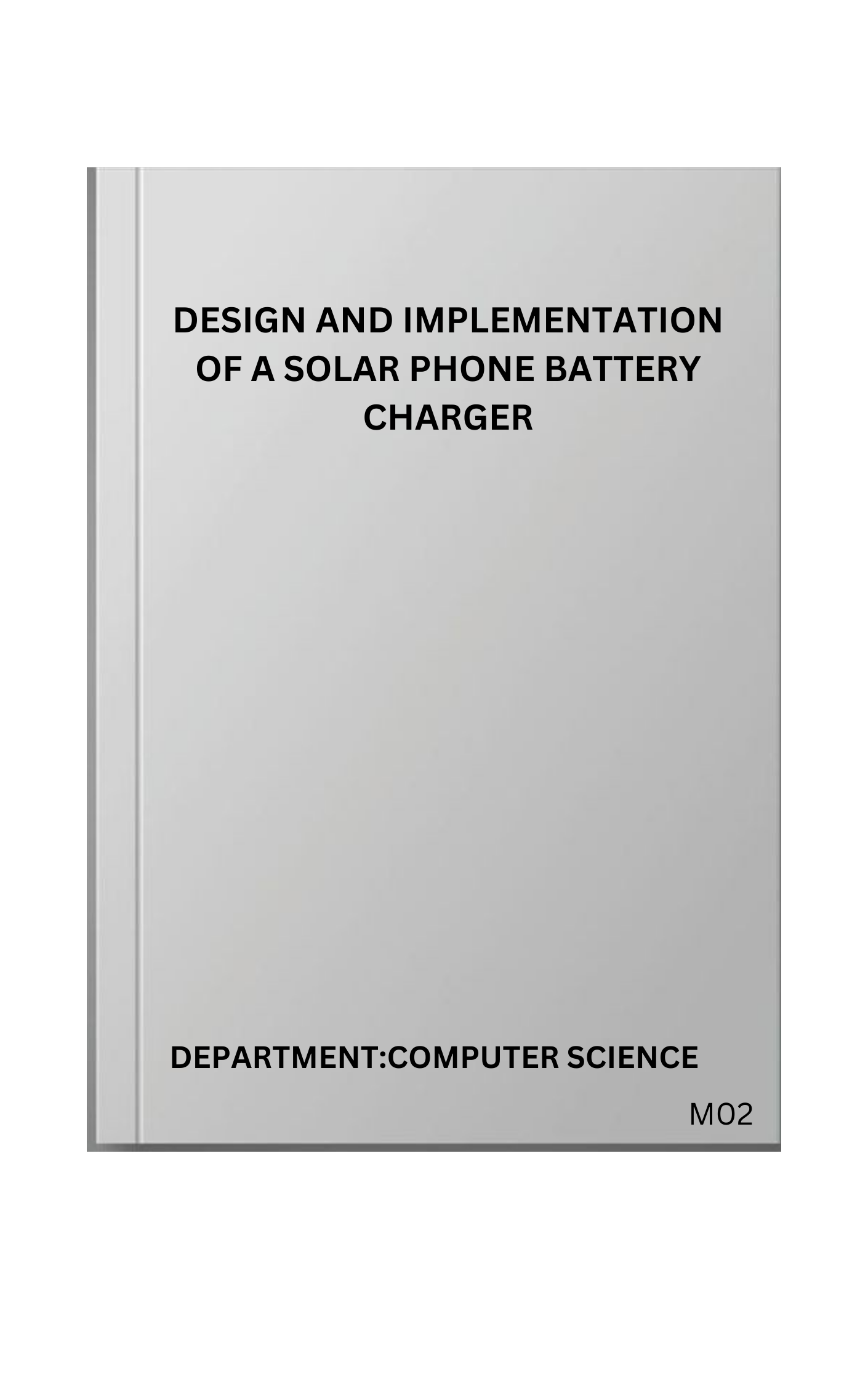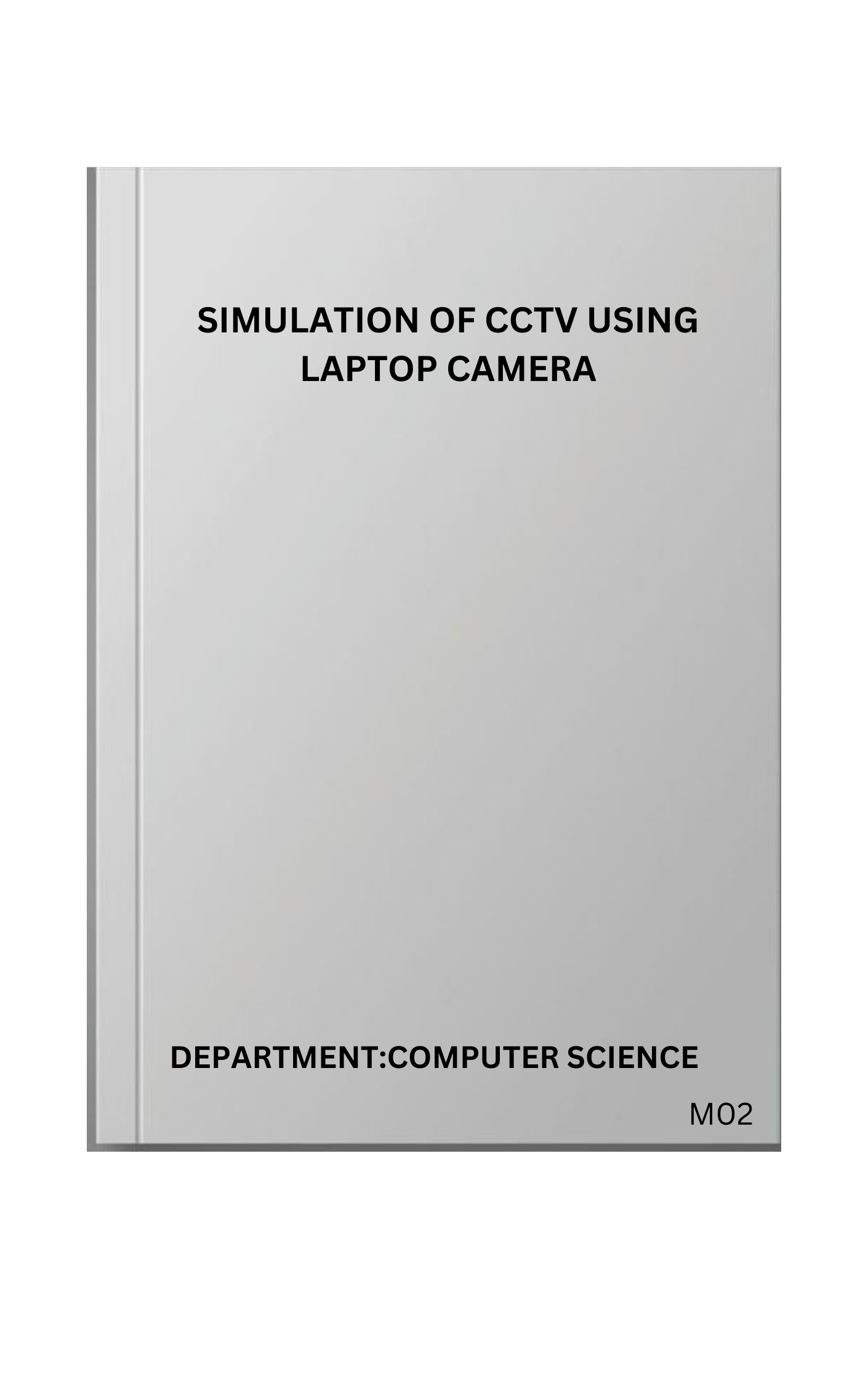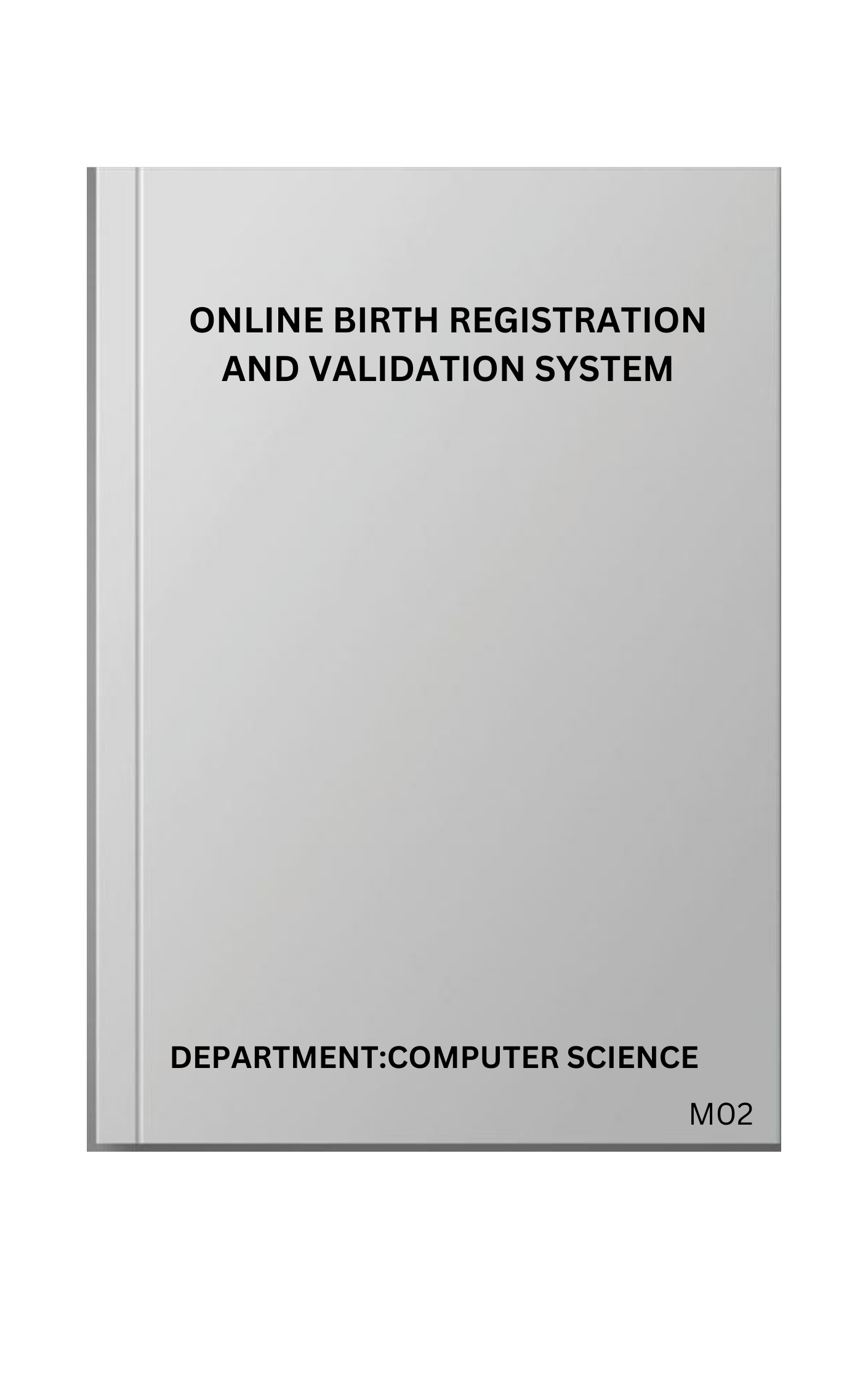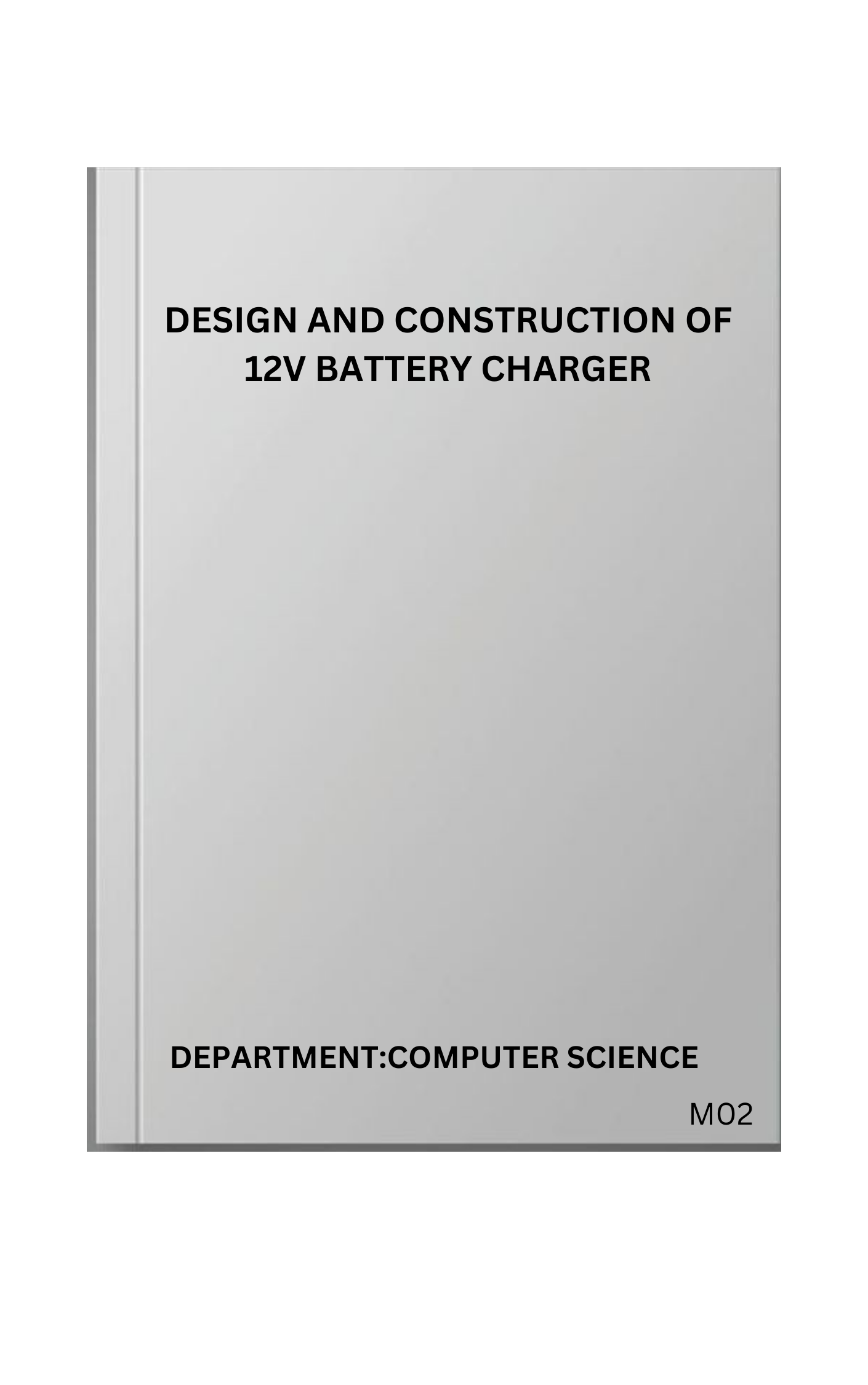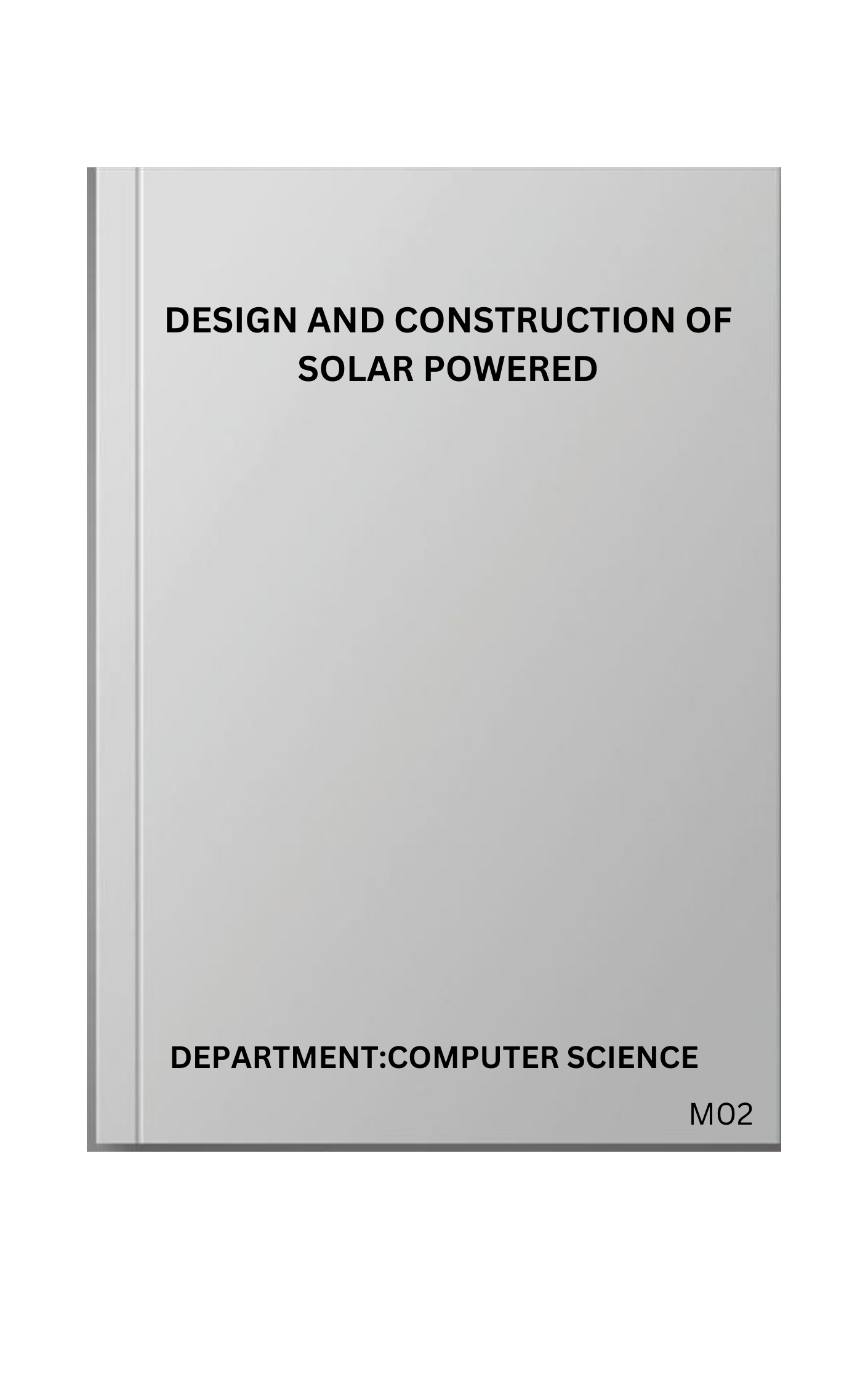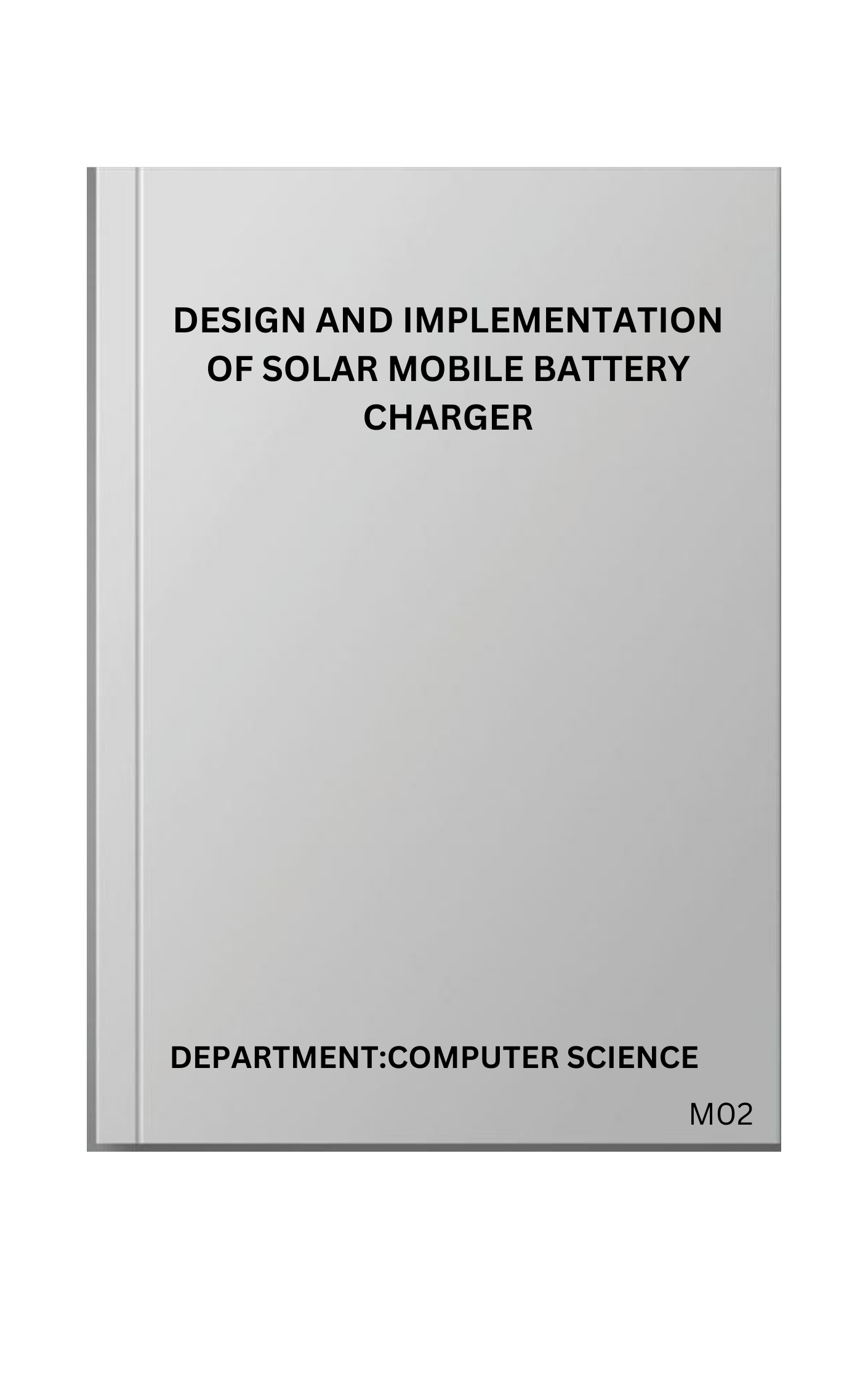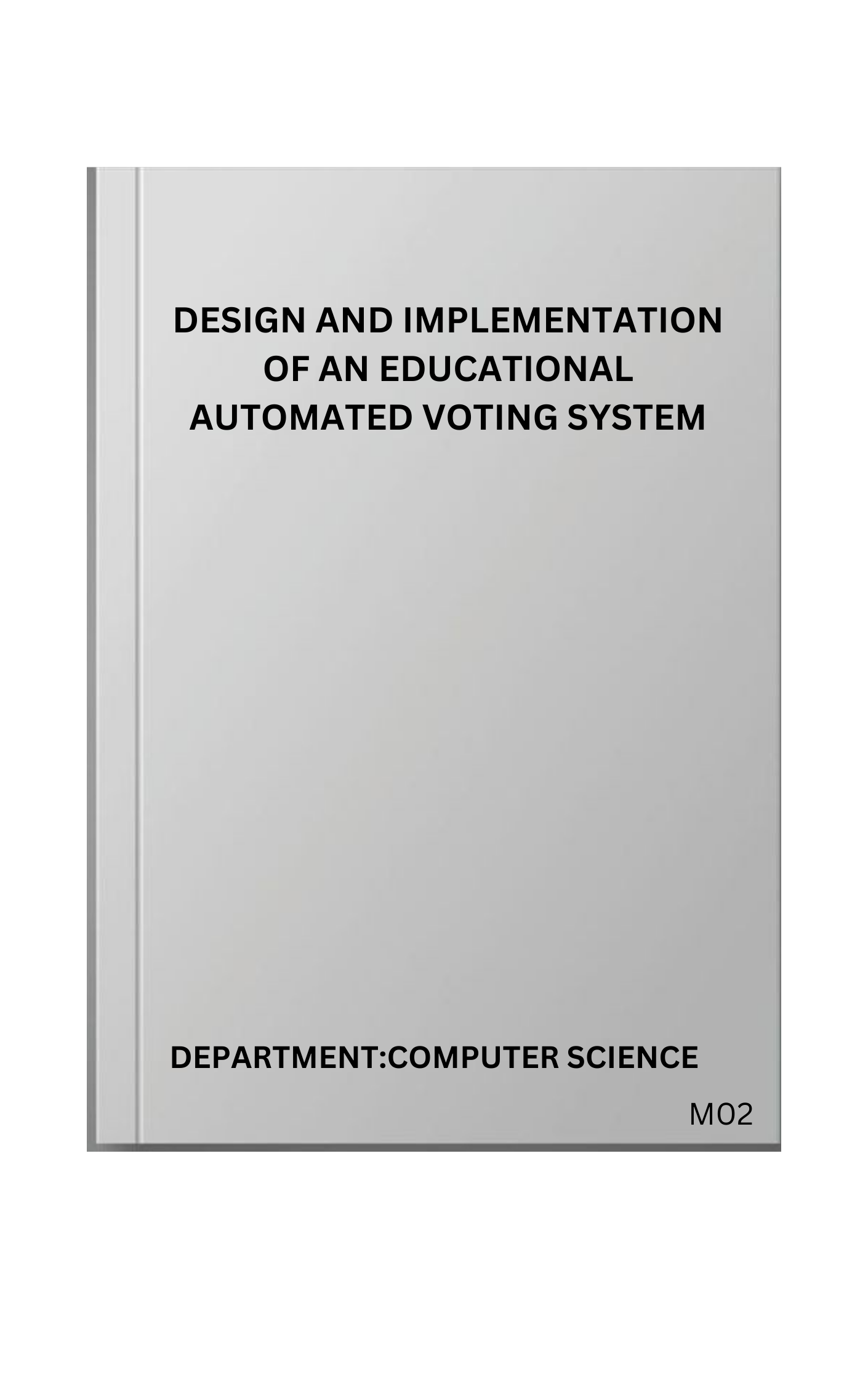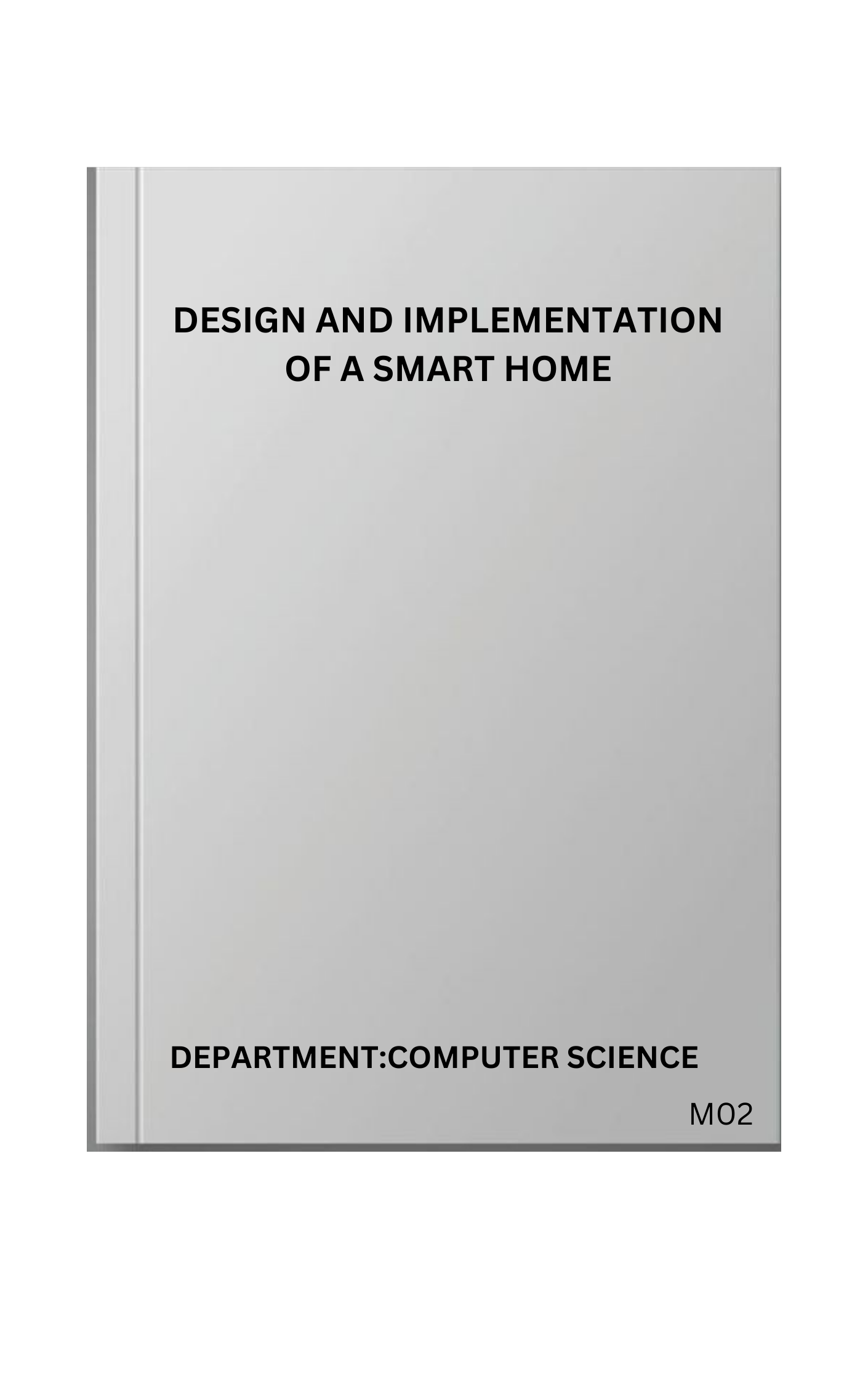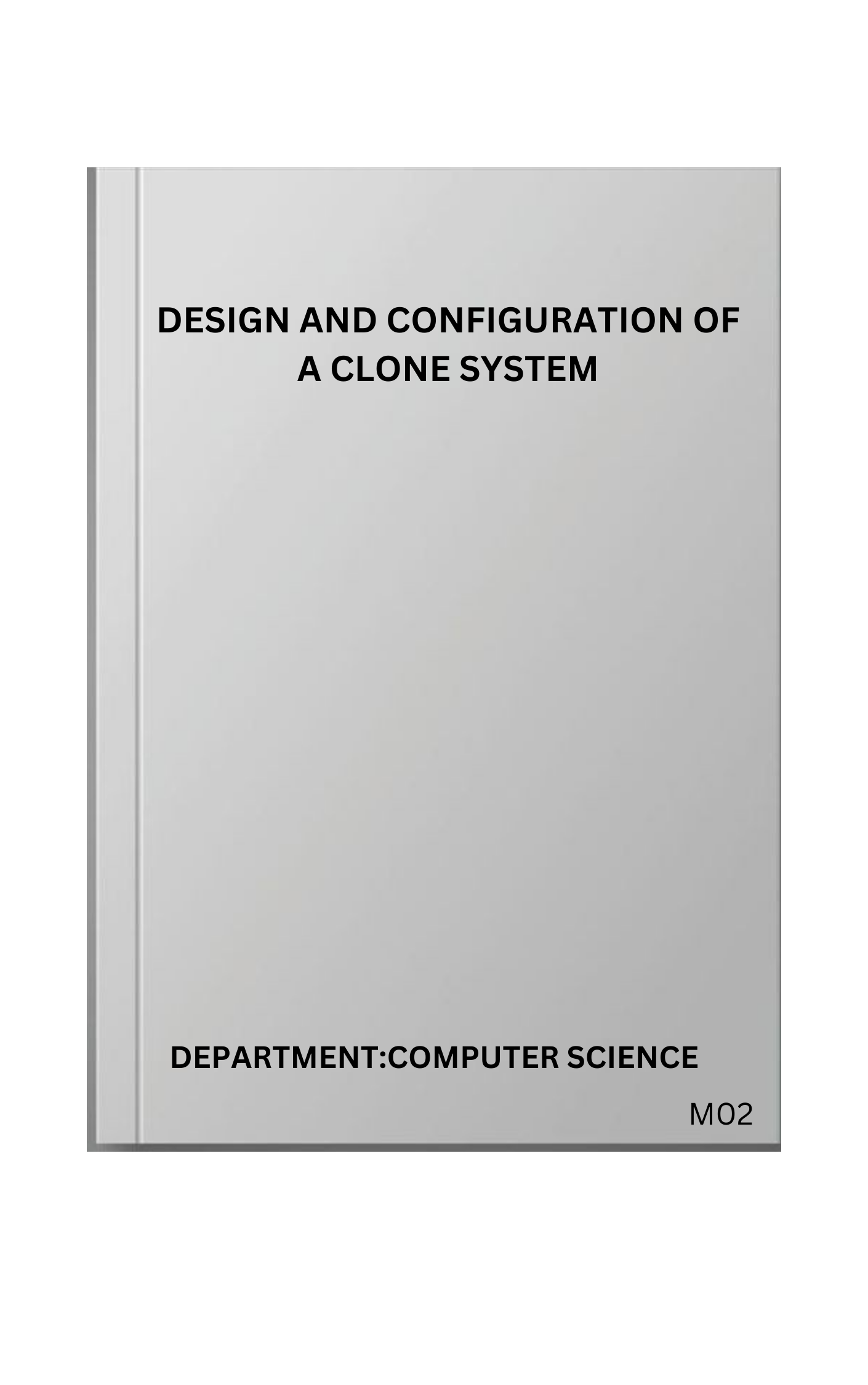CHAPTER ONE
INTRODUCTION
1.0Background
Nigeria as the largest country in Africa with a population of about 148 million is facing the challenge of erratic power supply. This is because not less than 60% of the population has limited or no access to affordable electricity, hence there is need to stem the energy crisis in the nation [1]. Due to the increasing population of Nigeria, there has been a corresponding increase in power demand without a reliable supply to meet such. The short fall in the supply of electricity in this country especially in the rural settlement where there are inadequate or no grid systems necessitates the need to explore renewable source of energy. Ref [2] ascertains that stand-alone photovoltaic (PV) system configuration offer an economical substitute to the costly grid extensions in rural areas in the world. Small scale affordable production of solar energy can be used in the charging of phones as well as lighting in the rural areas.
Solar power as a renewable energy source, is gaining wide spread acceptance due to the availability of technical know-how and solar resources.Like all other renewable energy sources, it evidently has numerous benefits over non‐renewable energy sources, such as coal, oil and nuclear energy etc. as an environmental friendly option of power generation it is non‐polluting, reliable and can produce energy anywhere that there is sunlight. Another major advantage is that solar resources are not going to run out anytime soon. When compare with other sources of res, it has some technical and environmental advantages. Solar power is generated using solar panels, which do not require any major mechanical parts, such as wind turbines. these mechanical parts can break down and cause maintenance issues and can also be quite noisy. both of these issues are virtually non‐existent with solar panels. also, the solar cells, that connects together to make up the solar panel, can last up to several decades without replacement. However, there is a shortcoming to solar energy production – energy can only be produce when the sunlight is available. to overcome this, usually solar panels are coupled with back up rechargeable batteries, which can store excess power generated during the period of availability and utilize this in providing energy to systems when there is no sunlight. in this way solar power can be used in residential areas especially for charging of phones and provision of light during the night.
In these systems there is need for voltage regulation of the supply voltage form the solar panel as well as a charging circuit for the rechargeable battery. This is because the solar panel usually produces an output direct current (dc) voltage which is usually more than that needed to charge the phone as well as charge the rechargeable battery. Therefore there is need for voltage regulation.
For the purpose of this project, the load (phone) to be connected only requires dc input, so dc‐ac conversion is not needed. Instead, dc‐dc conversion would be used to provide the correct power to the system from the power generated by the solar panel.
1.1Motivation of study
Following a survey of the duration of electricity power available during the day as well as night in rural areas of Nigeria, there is a need to design a solar-powered cell phone charger that is fabricated locally. This is of primary importance because a large number of cell phone owners or users in the rural areas as well as some urban areas with no or limited access to utility electricity, are forced to pay at least N50 per charge for their cell phone from a commercial outfit using a 750VA petrol driven generator. This adds up to a significant investment over a period of time, especially for a poor rural dweller.
1.2Aim and objectives
The aim of this research is to design and construct a solar powered mobile phone charger. More especially the objectives are:
1) To design an electric circuit for the purpose of charging through the solar power
2) To carry out a design calculation so as to ascertain the duration for which the rechargeable battery will charge the mobile phone.
3) To run a technical test to verify the variation in the input and output of the charger.
PAY TO GET COMPLETE PROJECT

